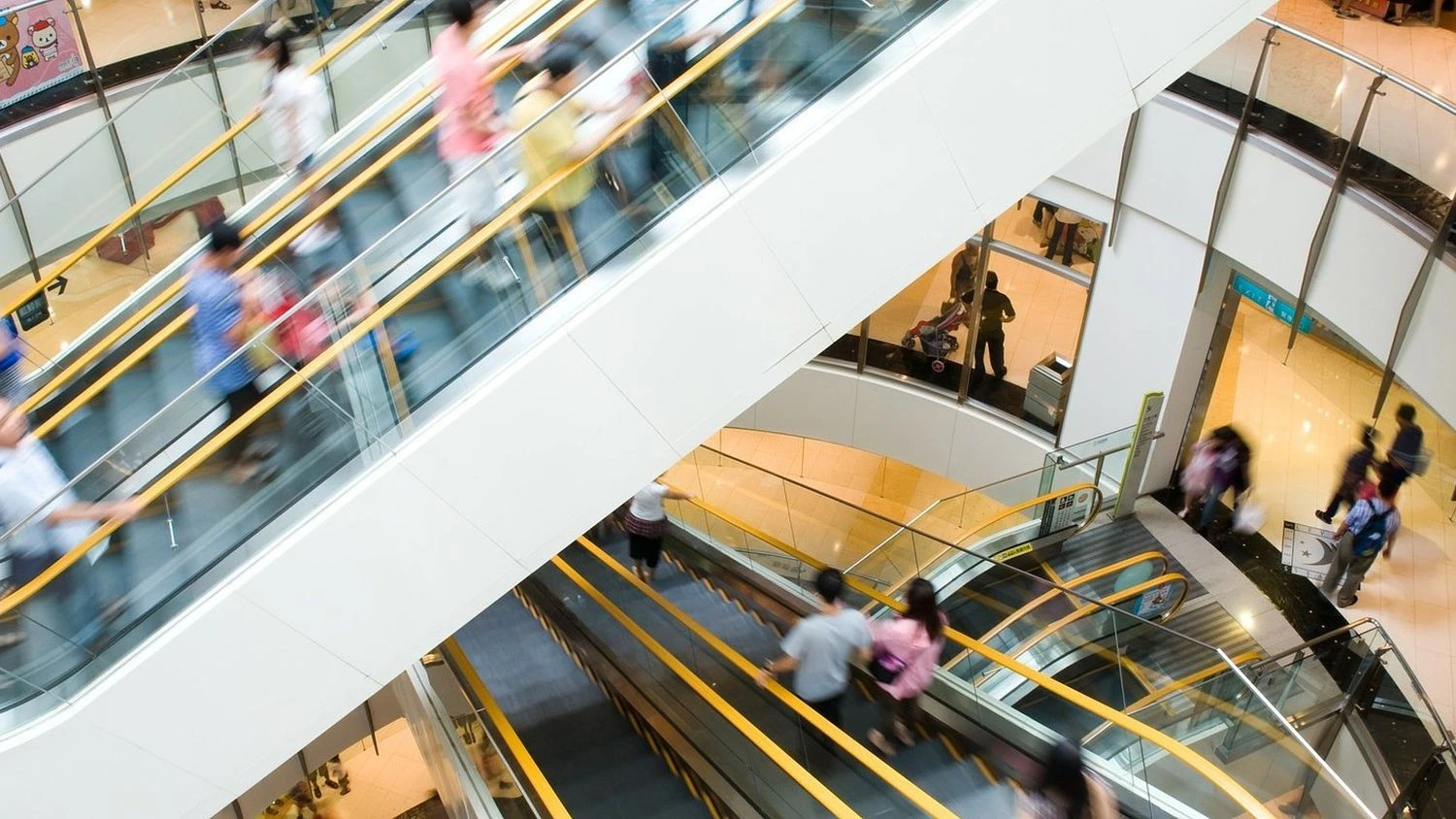
In Q3 2024, the Polish retail market expanded by another 116,000 sqm. With average retail vacancy rates in the largest Polish cities falling and tenants posting rising turnover levels, predictions of the imminent decline of shopping centres in Poland have proven premature, says BNP Paribas Real Estate Poland in its latest report.
Q3 sees large completions and rising turnover
The Polish retail market experienced strong activity in the July-September period, with 116,000 sqm of new retail space delivered across seven new retail parks, three retail park extensions and the redevelopment of a former Tesco store. The three months to September marked the first quarter in the history of the Polish market in which a single retail format accounted for the entire new supply. Previously, completions were dominated by projects of around 10,000 sqm, but the third quarter of 2024 witnessed the delivery of three large retail parks: BIG Gorzów Wielkopolski (25,000 sqm, BIG Shopping Centres), BIG Ostróda (24,000 sqm, BIG Shopping Centers/Acteeum Group) and San Park Piaseczno in Mysiadło (18,000 sqm, ED SAN III Sancak).
BNP Paribas Real Estate Poland notes that the Polish retail sector continued its steady growth in the first half of 2024, remaining in good health. The average retail vacancy rate decreased by 0.3 pp year-on-year, with declines recorded in six of the eight key cities.
Additionally, shopping centre tenants reported a 4.2% increase in turnover in the first half of 2024 compared to the same period last year.
“The turnover growth significantly outpaced the 2.7% rise in the consumer price index for the entire retail market, demonstrating that shopping centres remain a strong sales channel. This shows that experts’ predictions of the imminent decline of shopping centres in Poland did not materialise”, says Fabrice Paumelle, Head of Retail, BNP Paribas Real Estate Poland.
Shopping centre footfall (PRCH Footfall Density Index) also rose in the first half of 2024 and was 0.9% higher than in the same period in 2023.
Small-format stores report growing retail sales
Small-format stores with a maximum area of 300 sqm perform strongly compared to other retail formats. According to the Polish Chamber of Commerce, in August 2024 they reported a 4.9% year-on-year increase in total retail sales in spite of an over 2% decrease in the number of transactions. The average value of transactions in small-format stores amounted to PLN 24.89, or 7% more than a year ago, while the average number of shopping basket items was four, representing a 2% year-on-year increase.
“The basket value growth is attributed to escalating prices, as nearly all product categories have experienced significant year-over-year price increases. However, month-to-month price rises are less pronounced than in 2022. While Polish people enjoy shopping in small-format stores, research shows that they tend to make relatively small purchases there. For transactions exceeding PLN 100, consumers generally prefer large stores, particularly discount retailers, which offer lower prices and promotions that are key to Polish shoppers”, says Klaudia Okoń, Senior Consultant, Business Intelligence Hub & Consultancy, BNP Paribas Real Estate Poland.
Offline versus online shopping
According to “The Scale of Omnichannel Behaviours in Retail Schemes”, a joint survey carried out by research company GfK and the Polish Council of Shopping Centres, shopping centres and retail parks remain key retail channels for customers, with 88.5% of respondents citing traditional shopping as their main reason for visiting a shopping centre. Another 10% of visits combine offline shopping with omnichannel activities, while exclusively omnichannel behaviours account for just 1.5% of visits.
Generation Z stands out here as a generation that views the digital world as an integral part of daily life. Traditional marketing strategies are ineffective with this target group. Gen Z consumers expect fast and intuitive shopping experiences that are aligned with their daily lives. They are increasingly turning to TikTok rather than Google for information and product discovery. This shift calls for rethinking SEO strategies to create brand visibility on social media platforms. Generation Z prefers mobile shopping and modern technologies such as shopping apps and NFC payments, but they value recommendations from friends the most. Additionally, Generation Z’s social impact, along with their strong stance on environmental protection and sustainability, is likely to push retailers and FMCG companies to better understand the consequences of environmental changes for consumers.
New developments on the Polish retail market
The retail sector in Poland is also being driven by new technological solutions and the expansion of major market players and new entrants. This is illustrated by the growth of the InPost Group, the European leader in logistics solutions for e-commerce, which has opened Poland’s largest logistics centre in Wola Bykowska, located between Warsaw and Łódź. When fully operational, the 36,000 sqm facility will be capable of handling up to 85,000 parcels per hour. Żabka has also announced ambitious plans for the next five years, aiming to open 4,500 new stores and potentially expanding its network to a total of 19,500 locations across Poland.
Zalando has launched its AI-powered assistant in Poland and added Warsaw as one of four new cities to the Trend Spotter, a tool available in other markets that inspires customers with fashion choices. Meanwhile, UNIQLO is opening its first permanent store in Poland. Located on Marszałkowska Street in Warsaw, within the Wars Sawa Junior complex, the retailer will convert its pop-up store, which opened two years ago, into a high street unit with 1,700 sqm of retail floor space.



